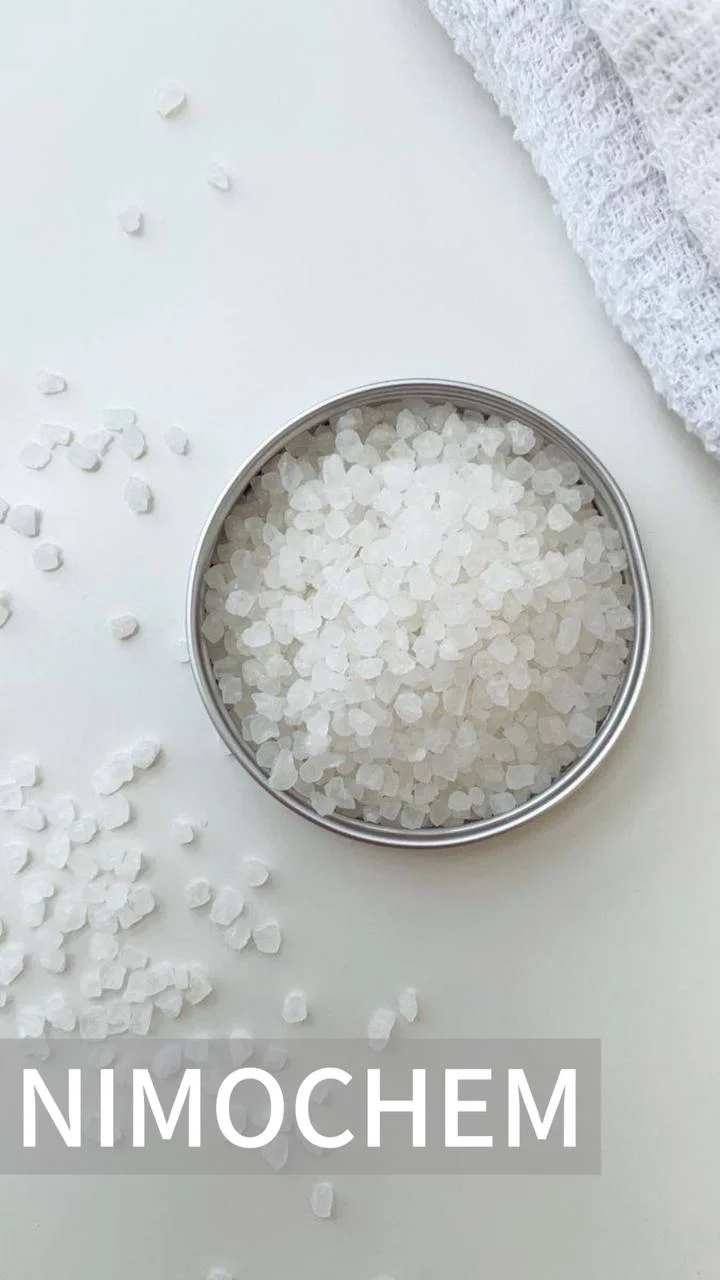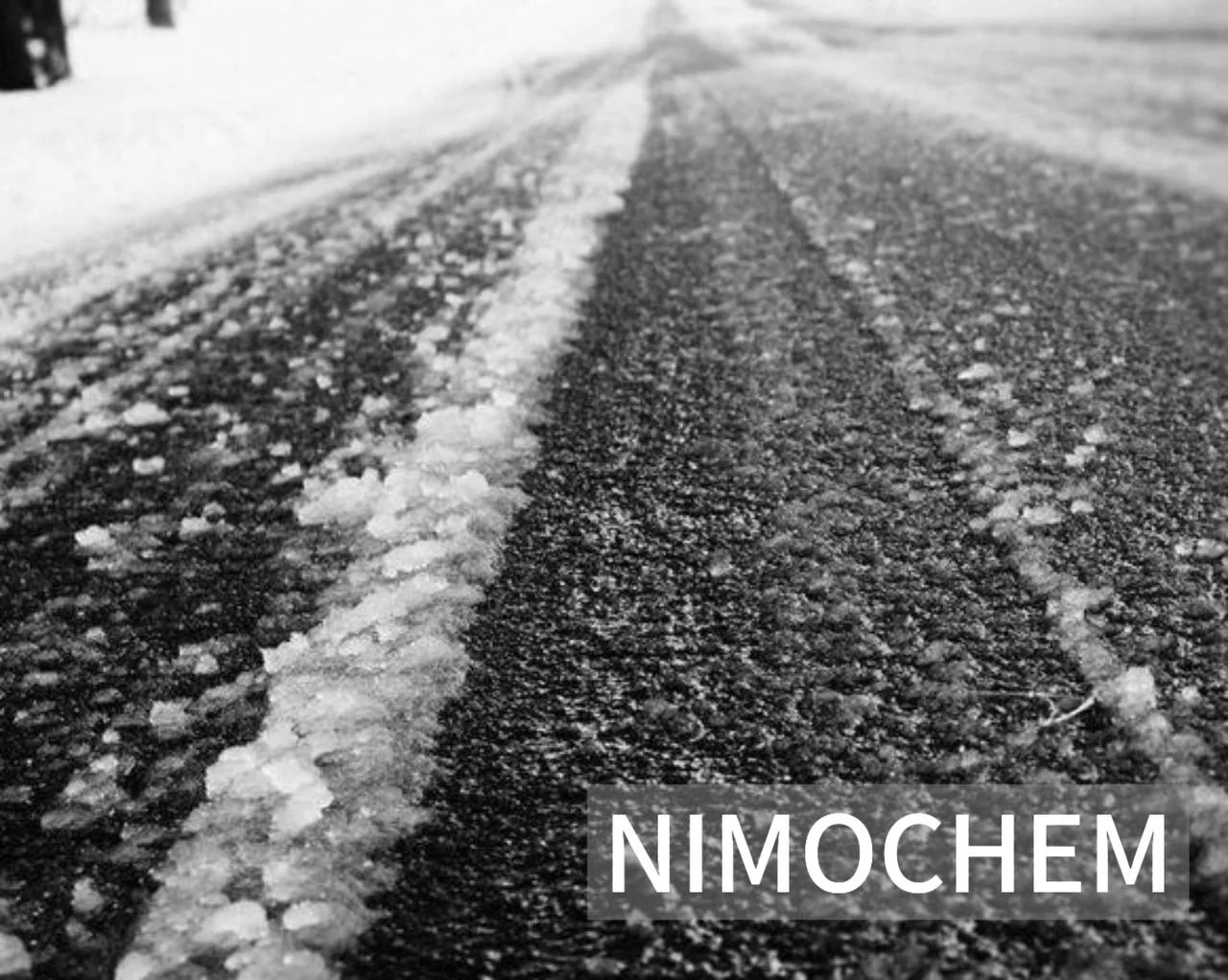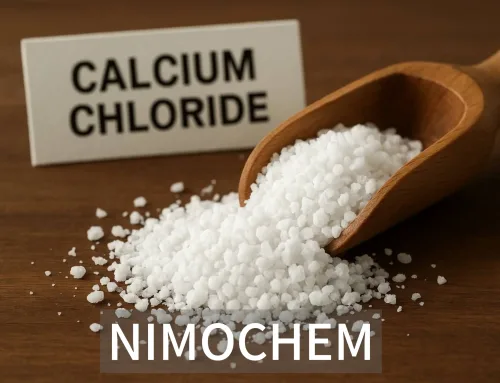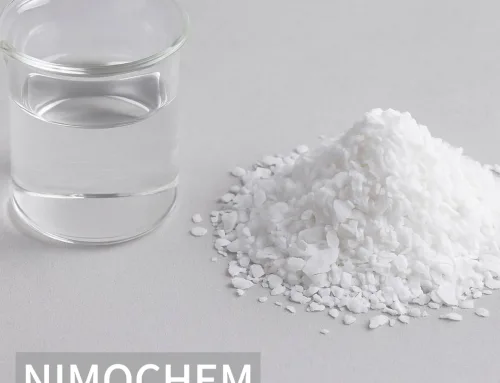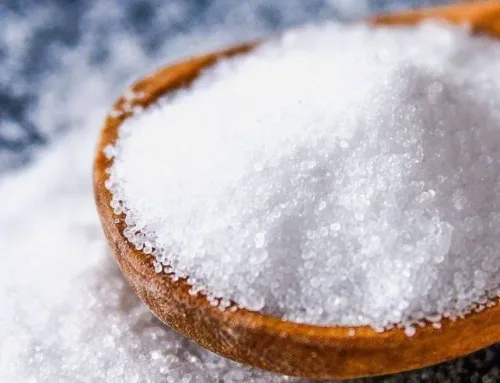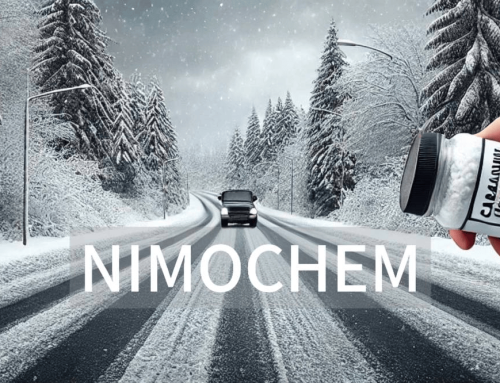Calcium Chloride vs. Rock Salt: Which is Better for Industrial De-Icing?
Winter can be a tricky time for industries, especially those managing roads, parking lots, and industrial yards. The battle against ice and snow often comes down to choosing the right de-icing agent. Two major contenders—calcium chloride and rock salt—are widely used, but which one is better for your needs?
Understanding the Basics
• Calcium Chloride: A highly effective chemical compound that works by absorbing moisture from the air and creating heat to melt ice.
• Rock Salt (Sodium Chloride): A naturally occurring mineral that lowers the freezing point of water, making it a go-to solution for basic de-icing needs.
Effectiveness: How Do They Perform?
1 Calcium Chloride
◦ Works Faster: Calcium chloride begins melting ice almost instantly, even at extremely low temperatures (as low as -25°F or -31°C).
◦ Longer-Lasting: It continues to be effective for a longer time compared to rock salt, which means less frequent
applications
2 Rock Salt
◦ Slower Action: Rock salt takes longer to break through ice and is less effective in extremely cold conditions (below 15°F or -9°C).
◦ Good for Light Ice: It works well for less severe icing but may struggle in harsher winter conditions.
Winner: Calcium chloride leads here, especially for businesses dealing with heavy snow and freezing temperatures.
Cost Comparison: What’s the Budget Impact?
1 Rock Salt
◦ Lower Upfront Cost: Rock salt is significantly cheaper per ton compared to calcium chloride, making it an attractive option for businesses on a tight budget.
◦ More Frequent Applications Needed: The lower cost can be offset by the need to reapply frequently, increasing labor and operational costs.
2 Calcium Chloride
◦ Higher Initial Cost: Calcium chloride is more expensive upfront.
◦ Greater Efficiency: Its ability to work at lower temperatures and longer duration means you’ll need less product overall, potentially saving money in the long run.
Winner: If initial cost matters most, rock salt wins. But for efficiency and reduced labor, calcium chloride is worth the investment.
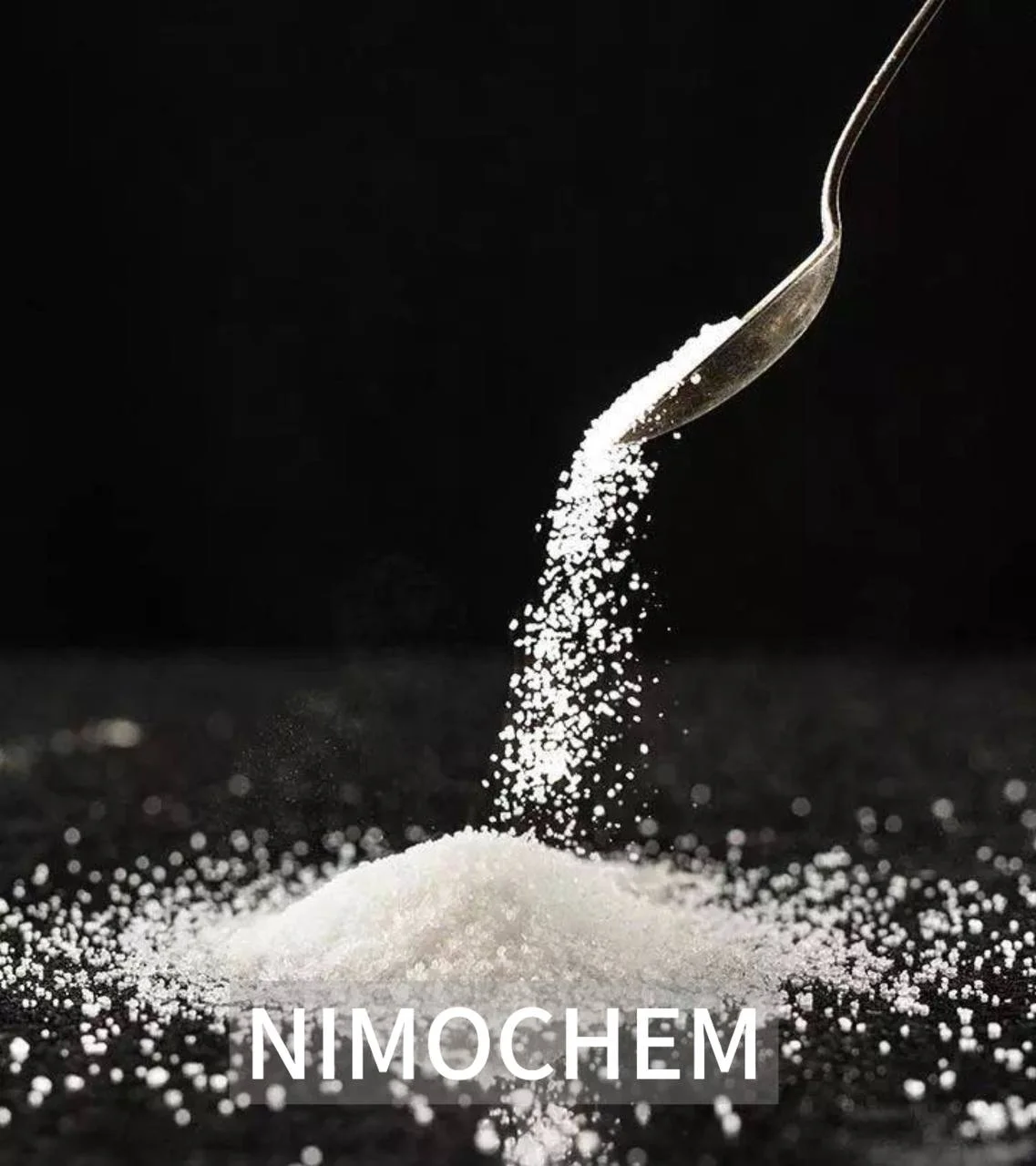
Environmental and Safety Considerations
1 Calcium Chloride
◦ Safer for Infrastructure: It’s less corrosive than rock salt, which means it’s gentler on roads, vehicles, and equipment.
◦ Potential for Overuse Impact: Like any chemical, excessive application can harm vegetation and waterways.
2 Rock Salt
◦ Corrosive: Rock salt is notorious for causing damage to metal surfaces and concrete over time.
◦ Environmental Impact: High concentrations can harm plants and wildlife, especially if not used carefully.
Winner: Calcium chloride has an edge due to its reduced corrosiveness, but both require mindful application to minimize environmental impact.
Which One Should You Choose?
The choice ultimately depends on your specific needs:
• Go with Rock Salt if:
◦ You’re working with a limited budget.
◦ The area you’re de-icing doesn’t face extreme cold or heavy ice buildup.
◦ You’re de-icing small to medium areas where frequent application isn’t a burden.
• Choose Calcium Chloride if:
◦ You need reliable performance in very cold temperatures.
◦ Durability and reduced labor are priorities for large-scale operations.
◦ You want to protect infrastructure from long-term damage.
Need more info? Don’t hesitate to contact us at Nimochem!
